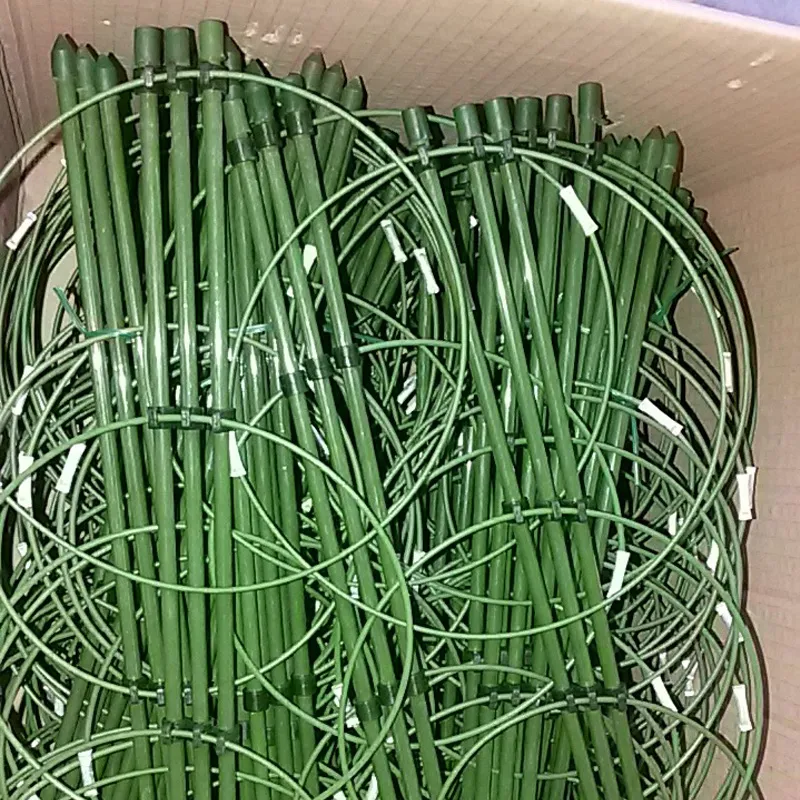

Trim-head screws represent another category, primarily used for aesthetic purposes where the screw heads should not be visible or need to be minimally intrusive. These screws have smaller heads and are designed to be unobtrusive, making them perfect for finishing surfaces such as trim, molding, and any applications where a smooth surface is desired post-installation. For those working in environments susceptible to moisture or corrosion, specialized drywall screws with protective coatings or stainless steel options are invaluable. These screws resist rust and degradation, ensuring the longevity of structures in high-humidity environments such as bathrooms, basements, or coastal areas. Selecting the right screw based on material composition and environmental factors is critical for maintaining the integrity of the construction over time. When choosing drywall screws, the choice should also be guided by the screw size. The two most common sizes are 6 and 8, with lengths typically ranging from 1 inch to 3 inches. Longer screws are preferable in scenarios where thicker drywall is used or additional layers of material need to be secured. Understanding the thickness of the materials involved and opting for the appropriate length ensures a robust attachment. Equally important is considering the screw's head style. The bugle head design is a standard across many drywall screws, providing a flat, broad surface that prevents tearing the drywall paper. This feature enables the screws to be driven flush with the surface, ensuring a smooth finishing layer without compromising on hold. In conclusion, understanding the diverse range of drywall screws is essential for achieving optimal results in construction projects. Selecting the appropriate screw involves considering the material of the studs, environmental factors, desired aesthetic outcomes, and specific project requirements. By leveraging the specific capabilities of each type of drywall screw, professionals and DIY enthusiasts alike can ensure stability, aesthetics, and longevity in their drywall installations, exemplifying expertise and trustworthiness in their chosen construction methods.

















